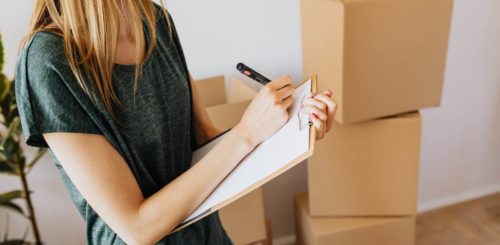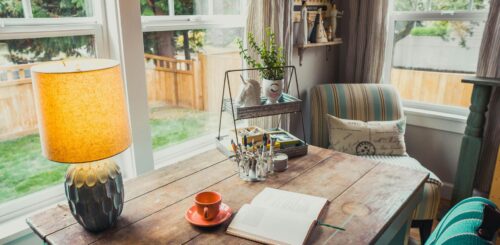If you’re planning a long-distance move, you might be wondering about the different packing materials you should use to ensure that your belongings arrive at your new home safely. There is more than just one option available, and the right choice for you will depend on your budget and the amount of stuff you need to pack. Here’s a quick overview of some of the most popular packing materials used by professional movers.
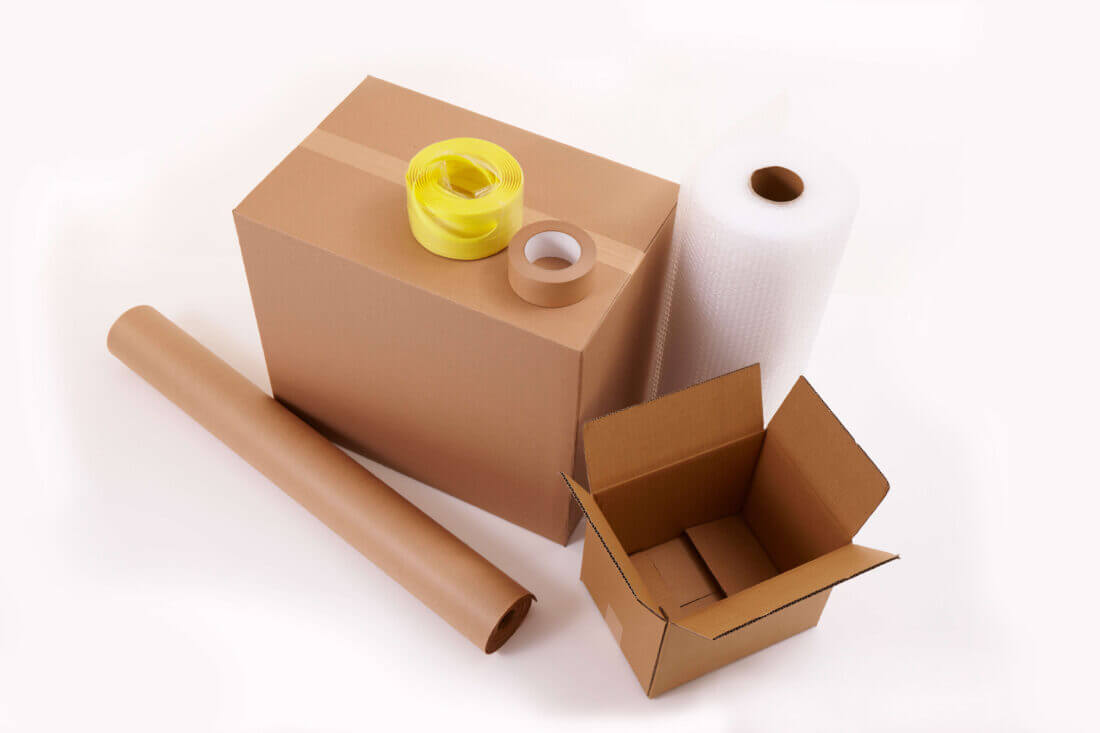
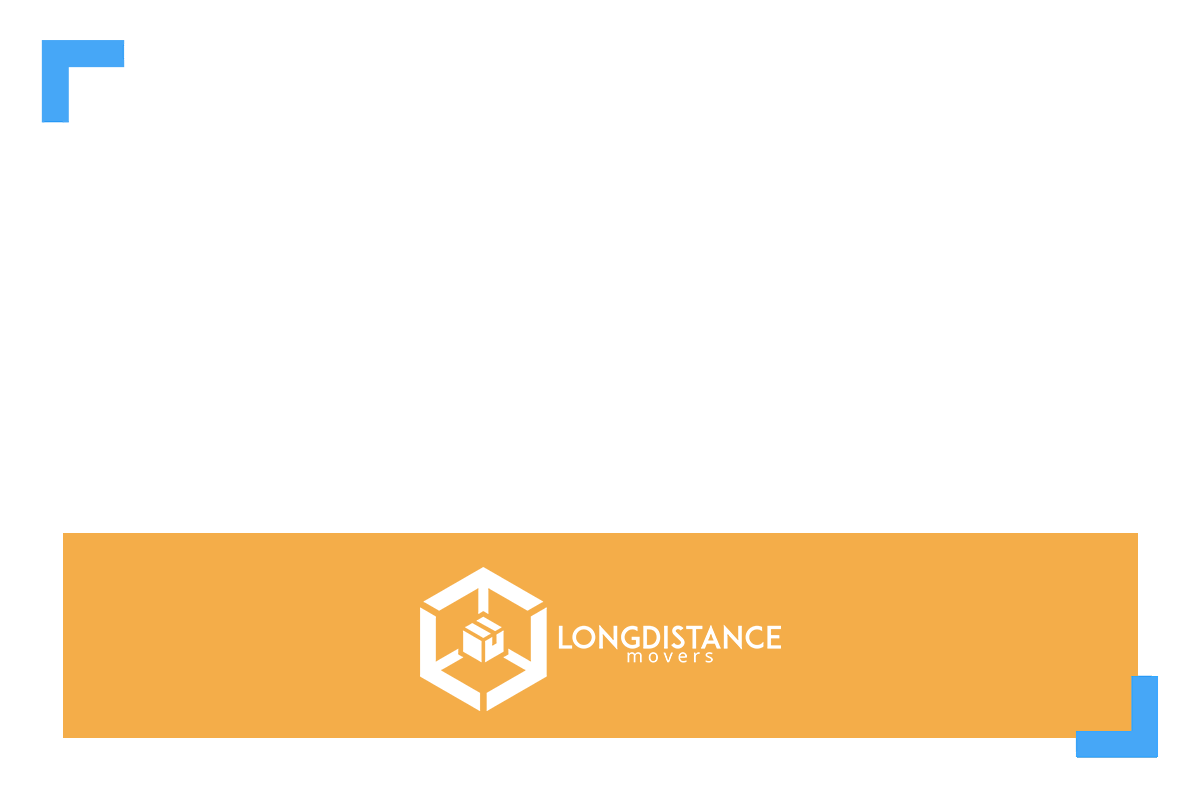
Why Do You Need Different Packing Materials When Relocating
There are a few good reasons why you might need different types of wrapping supplies when relocating. First, if you’re transporting items that are fragile, you’ll want to use materials that will protect them from breaking. Second, if you’re relocating heavy items, you’ll want to use materials that will make the move easier on your body and avoid injuries. Finally, if you’re dealing with valuables, you’ll want to use materials that will keep them safe and secure.
Different types of packing materials can be used for different purposes, so it’s important to know what each type is best for. When you’re booking long-distance moving services, it’s essential to take steps to protect your belongings. Unless you plan on booking a packing service, it’s best to make your moving-out list and add all the supplies you’ll require in this process.
Check Different-Size Boxes and Get as Many as Possible
The most common packing material used for long-distance moves is the humble cardboard box. Cardboard boxes come in all sorts of sizes, from small boxes designed for packing fragile items like dishes to larger boxes that can fit bigger items like lamps and pillows. You can usually find free cardboard boxes at grocery or liquor stores, or you can check if there are some used ones on websites such as Craigslist.
Boxes offer a variety of benefits as a packing material, including being relatively lightweight, strong, and easy to stack. They also offer good protection for your belongings during transit. Besides figuring out how many boxes you need, it’s important to choose the right one for your needs. For example, if you’re relocating heavy items, you’ll need a sturdier box than if you’re just wrapping clothes. And if you’re worried about your belongings getting damaged in transit, you might want to invest in some higher-quality boxes.
No matter what type of box you choose, make sure to pack it properly. Fragile items should be well-padded, and all items should be securely packed so they don’t shift around during transit. With a little care, your belongings will arrive safely at their new home.
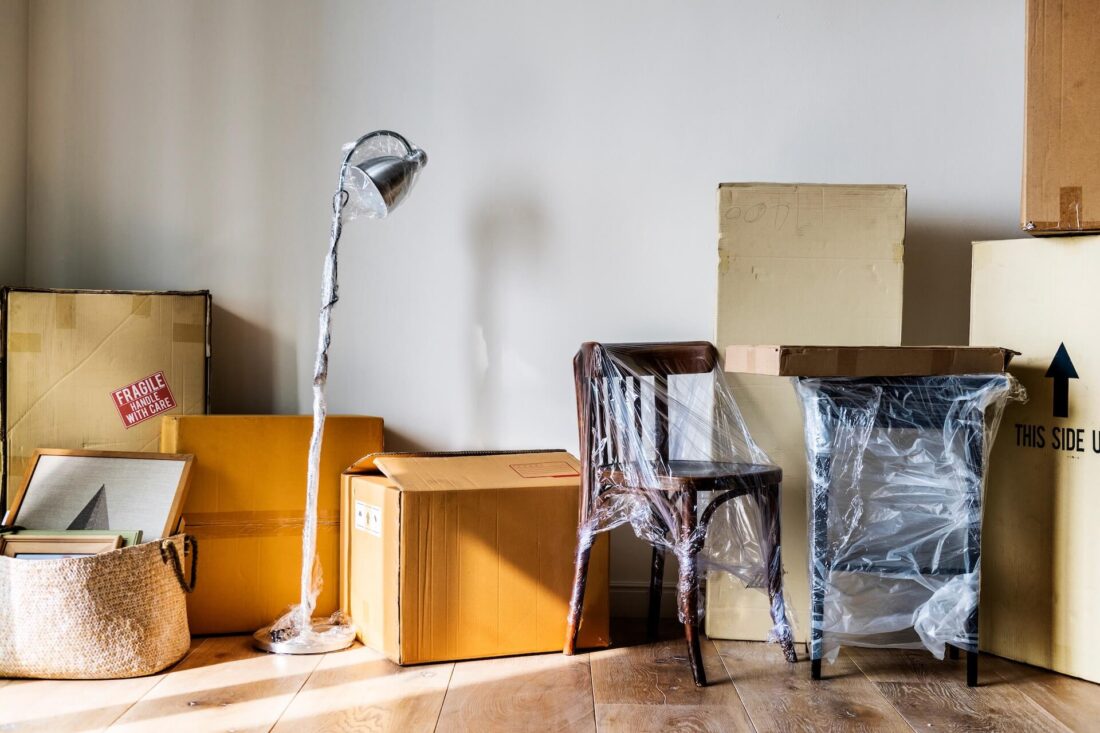

Plastic Boxes Are a Great Reusable Solution
Many professional long-distance movers would advise their clients to check out all the benefits of plastic packages. Packaging made of plastic boxes has a number of advantages over paperboard boxes, including the ability to be recycled. Plastic packaging containers that are airtight can assist in maintaining food quality and prevent contamination problems. Additionally, plastic packaging is durable and can be kept with food in a variety of harsh environments.
Plastic is a common material for packaging because it allows the product to be displayed from any angle without having to open the package. Additionally, it is lightweight, flexible, and can be coated or sprayed with films to improve the packing look. The best part is that they are still relatively affordable, and you can reuse them at a later date.
Use Bubble Wrap for More Delicate Objects
Learning how to move can be quite a stressful process, especially when you get to the part of protecting your belongings. Besides doing the home inventory, you should learn which supplies are best to use in order to have your stuff transported in one piece. Bubble wrap is useful for wrapping up delicate stuff like electronics or glassware. It’s also great for filling empty spaces in boxes so that your belongings don’t shift around during transit.
To further protect your belongings from the weather, you can cover the sides and bottom of your boxes. You can buy bubble wrap at most hardware or moving stores, or you can recycle it from packages that you’ve received in the mail. Additionally, bear in mind that this supply comes in a variety of roll sizes with various bubble diameters for various degrees of protection.
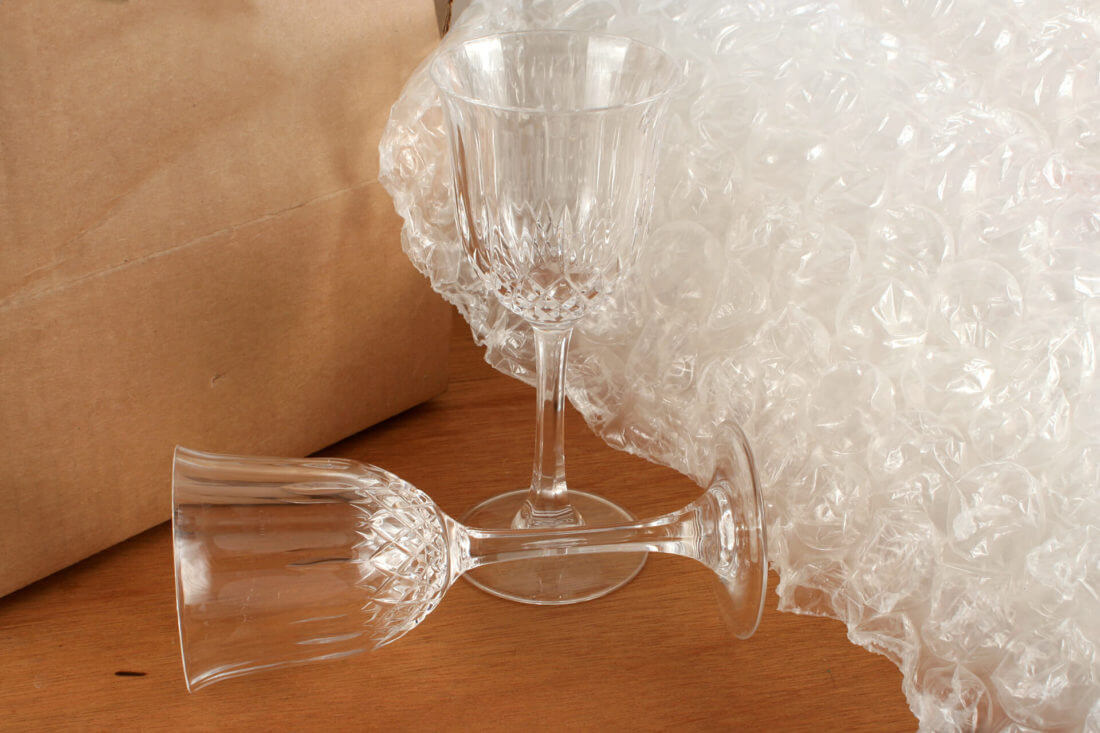

Shrinking Wrap Will Provide Extra Protection
Shrink wrap can be used to protect your belongings at home that are already wrapped with, for example, blankets. Depending on what you really want to move – furniture and bulkier objects, you might need to purchase this material and add an extra layer of protection for your belongings.


Packing Paper Comes in a Variety of Options
Paper is a common material for packaging used with a variety of products. There are many different forms of paper packaging available, including paper bags, labels, wrapping paper, and more. Even for last-minute moving, the paper makes a terrific wrapping material to purchase. It can be saved after shopping or purchased in bulk online.
Invest in Heavy-Duty Packing Tape
When choosing packing tape, most individuals are inclined to go with the least expensive choice. On the other hand, it’s better to spend a bit more money on superior heavy-duty tape. Cheaper tape is typically thinner, which makes it more likely to tear and has less adhesion than a heavy-duty one. If a box is left uncapped while being transported, this could be terrible for your possessions.
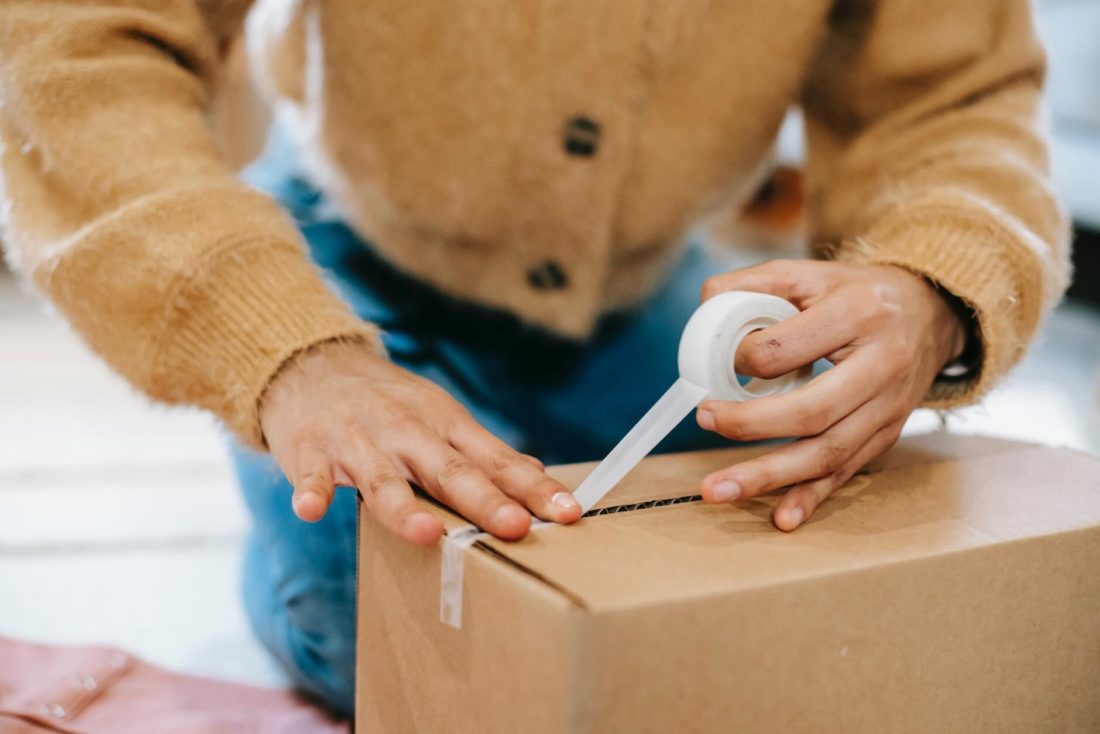

Don’t Forget About Much-Needed Labels
Organizing a move also includes keeping your boxes organized, and creating labels for boxes will tell you exactly what’s packed in each of them. After all, you surely want to avoid the possible relocation stress, even though you hired a long-distance moving company.
So, besides getting the best-sized containers, be sure you don’t end up recalling what’s in each box because it’s mission impossible. Instead, label containers once you fill them out. That way, you’ll easily find the box with relocation essentials, for example. On that note, let’s check the best labeling techniques you could use.
Stickers or printable labels
The great thing about these is that you can find them in any supply store. These stickers typically say something like, ”Fragile,” ”Low priority,” and ”Heavy.” If you want to do it yourself, you can print the name of the rooms and tape the stickers on the right box.
Numbering system
You can specify where those objects are expected to go most effectively by using numbers. This way, you’ll know exactly what’s in every box and won’t have any trouble finding anything when you get to the new house.
Color-coding system
Marking items from particular rooms is best done using a color coding scheme. For instance, the kitchen could be green, while the master bedroom might be crimson. By designating every box with the proper color, you can direct workers when they begin unloading cargo from a truck.
Blankets Are Inevitable if You Want the Best Protection
Even the most fragile objects will be protected by cotton’s softness, and it typically comes in a variety of sizes to accommodate all your diverse furniture styles. Any heavy blanket you have, though, would work just as well for larger household goods. Be sure to set aside your own blankets if you plan to use them, so they don’t mistakenly end up in the bag. To give an extra layer of weather protection, use moving blankets rather than packing paper to cushion your furniture.
Include Covers and Pads in Your Wrapping Supplies List
It is advised to have covers or pads to protect the furniture when moving it. The majority of people remember to purchase a mattress cover, but you can also purchase covers for sofas and fabric chairs. To prevent dents or damages during the relocation process, you may also acquire pads that will protect your dresser or other wooden furniture.
If you’re planning on bringing any large pieces of furniture, you’ll need to get some furniture pads to protect them from scratches or dents. Furniture pads are essentially just big sheets of padded fabric that you lay over your furniture before loading it onto the truck.
Auto Transport
Move your car across the country in an open or enclosed trailer – for an affordable fee. We offer car transport as a standalone service, but you can bundle it with your household move and get a hefty discount.
Learn moreMoving Insurance
All your stuff is secure with Long Distance USA Movers, but in case something does happen to it, there’s a moving insurance policy in place. We offer both basic Valuation Coverage and Full Value Protection.
Learn moreStorage Services
Our spacious climate-controlled units will protect your things until the drop-off. No need to worry about them because all items are labeled and secure, and each customer gets a dedicated unit mixup isn’t possible.
Learn moreSince most furniture coverings are made of thin plastic, as noted in the preceding suggestion, it’s good to pair them with blankets. The thin covers may entice you to go without them, but they are crucial for protecting your pricier household items, like beds.
To prevent it from slipping off, simply drape the cover over the mattress, couch cushions, or other objects and tape it shut. When utilizing moving blankets with furniture coverings, first lay the blankets over the object before wrapping them in the plastic cover.


Get Straps and Ropes for Easier Transport of Bulky Items
Once you’ve wrapped up your bulky stuff, you can secure them in the moving truck by using cargo straps, rope, or both. During the relocation, unfastened objects may move around and sustain damage. Make sure the straps you use are strong enough to hold heavy furniture in place without tearing.
For simple tightening, certain straps incorporate levers. If so, wrap the item in the straps, attach it to the side of the vehicle or another object, and then pull the lever to tighten the strap. When tightening the strap, take care to avoid damaging the furniture. However, if you hire professional cross-country movers, they will do all the hard work for you.
Check What Additional Tools You’ll Need
Having a little toolkit can be helpful on relocation day. When relocating furniture, you never know when you may need a hammer, a pair of scissors, a screwdriver, or a pair of pliers. Be prepared for everything and anything. Many items need to be assembled and disassembled throughout the relocation process, so having a toolset on hand is usually a smart idea.
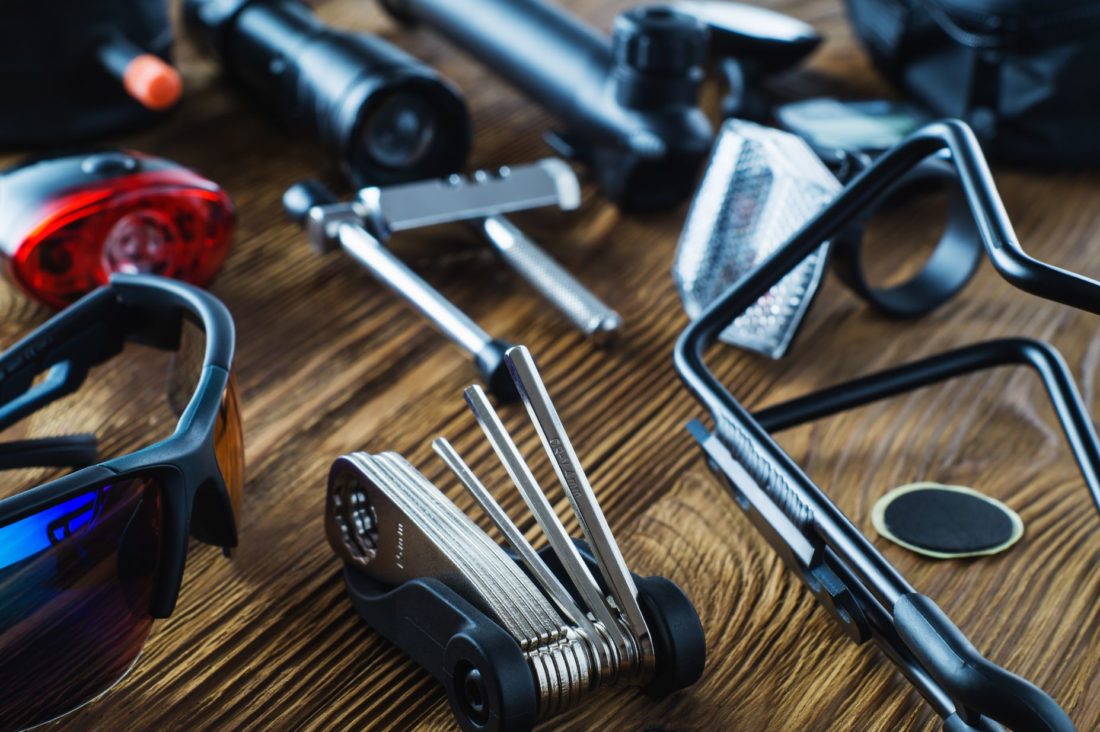

Don’t Have a Worry on Your Mind With the Best Wrapping Supplies
Packing for a long-distance move can be a bit challenging, but knowing what kind of materials to use will make it much easier. Cardboard boxes, bubble wrap, and furniture pads are all great choices for protecting your belongings during transit. So, besides finding reliable cross-country moving services, start collecting those supplies and get ready to move.
